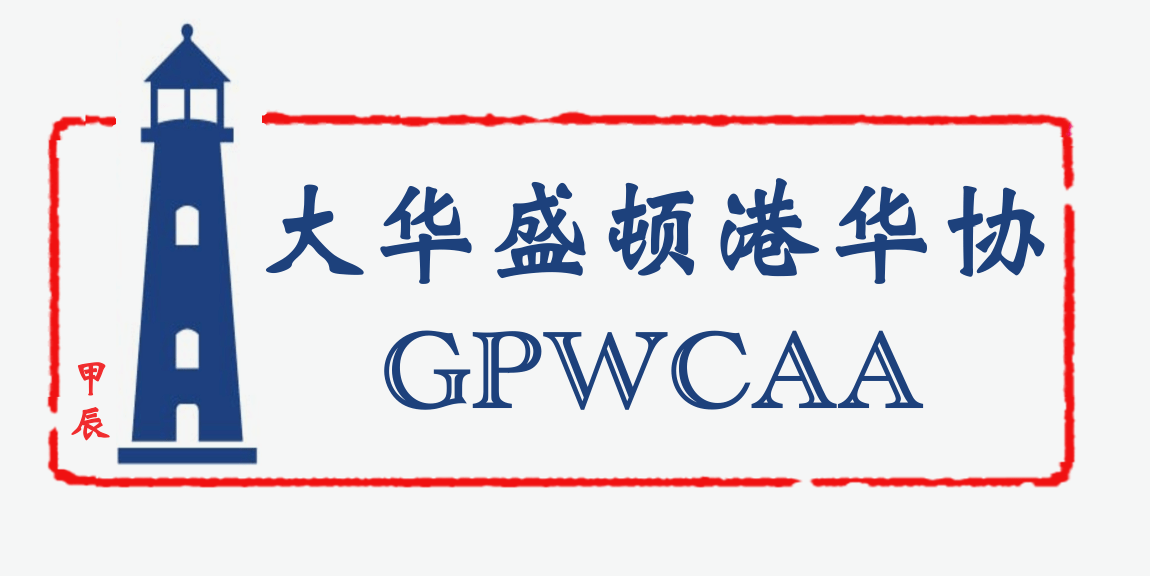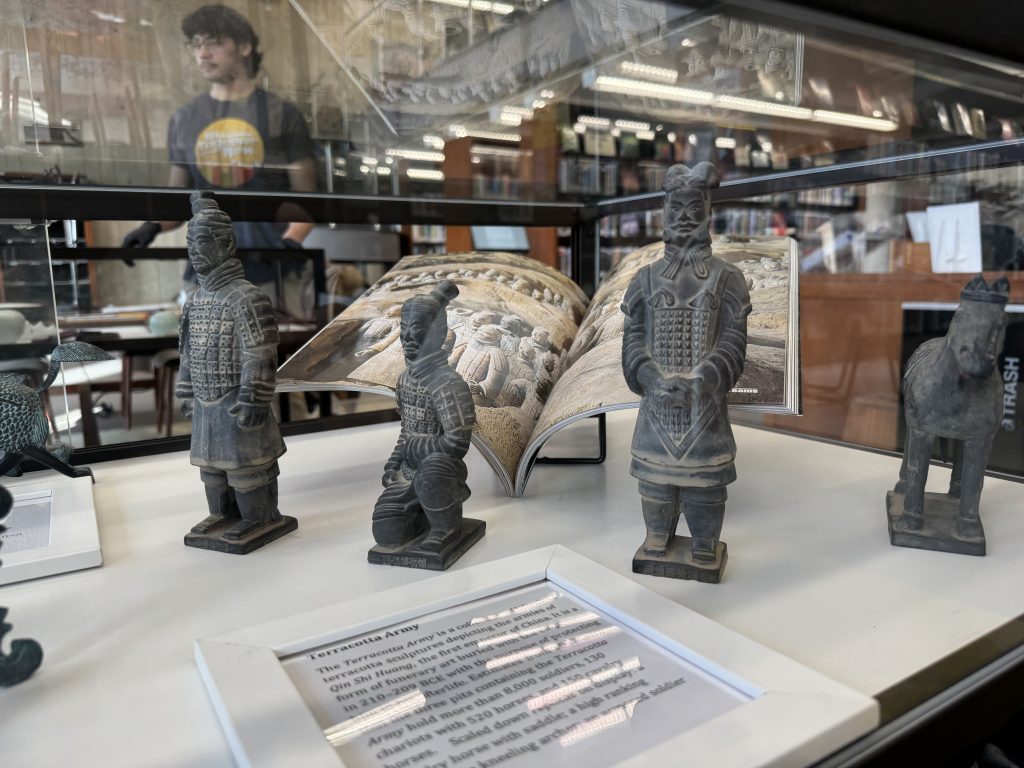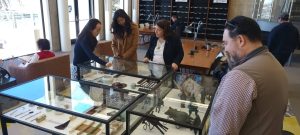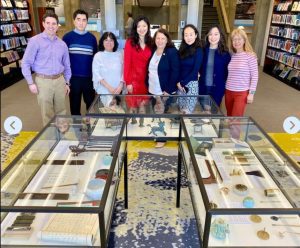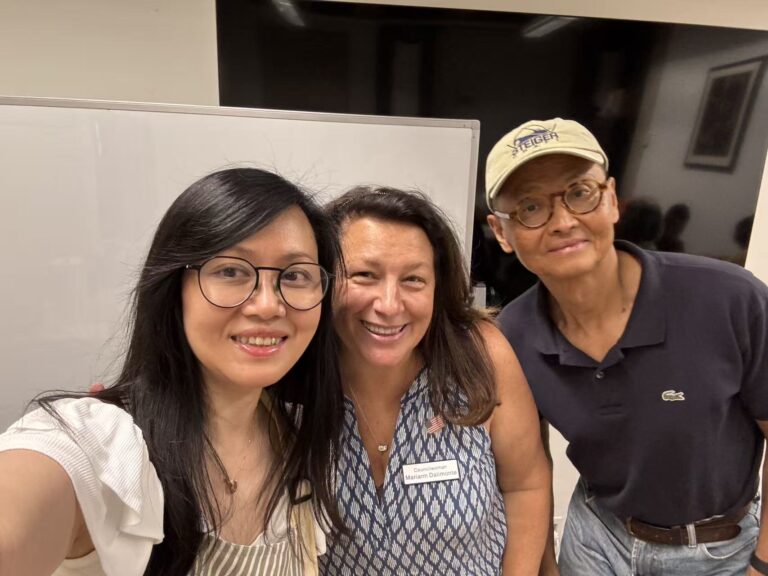We were very grateful that the Port Washington Public Library provided this great opportunity to let us display our traditional culture and history during the Chinese New Year celebration.
This exhibition includes four parts: Chinese Ritual Bronzes, Terracotta Army, Incense Trail and Tradition, and Four Treasures of Chinese Calligraphy.
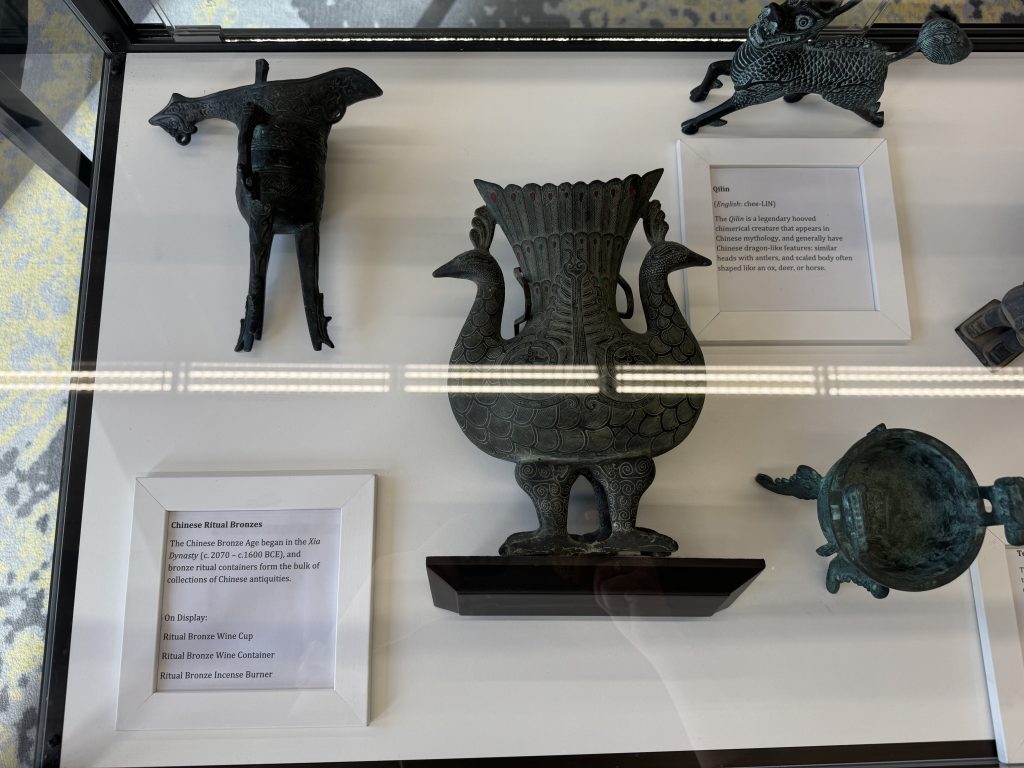
The Chinese Bronze Age began in the Xia Dynasty (c. 2070-c.1600 BCE), and bronze ritual containers form the bulk of collections of Chinese antiquities

The Terracotta Army is a collection of life-sized terracotta sculptures depicting the armies of Qin Shi Huang (秦始皇), the first emperor of China. It is a form of funerary art buried with the emperor in 210-209 BCE with the purpose of protecting him in his afterlife.
Estimates from 2007 were that the three pits containing the Terracotta Army hold more than 8,000 soldiers, 130 chariots with 520 horses, and 150 cavalry horses.

Step into a world of serenity and tradition with this exquisite Chinese incense set, a timeless embodiment of the rich cultural heritage of China. This set isn’t just a collection of objects; it’s a gateway to an ancient practice steeped in spirituality and mindfulness. Adorned with delicate floral patterns and mystic symbols, each item in the set is a testament to the artistry and philosophical depth of Chinese heritage. Experience the charm of ritual and the allure of history with this captivating display.
This exquisite hand warmer, accompanied by its matching brocaded pouch, is a testament to the refined craftsmanship of the Qing Dynasty era. Crafted from porcelain, it features a hand-painted lotus, symbolizing purity and enlightenment in Chinese culture. Its pouch, made of silk with intricate floral embroidery reflects the importance of aesthetics and function in Chinese artistry. Users would place lighted charcoal inside to generate warmth. This ensemble would have been a cherished personal accessory during the cold months.
The curated assortment presents various incense, each cradled in holders that exude a connection to the earth. This collection invites a tranquil sensory experience steeped in age-old aromatic traditions.

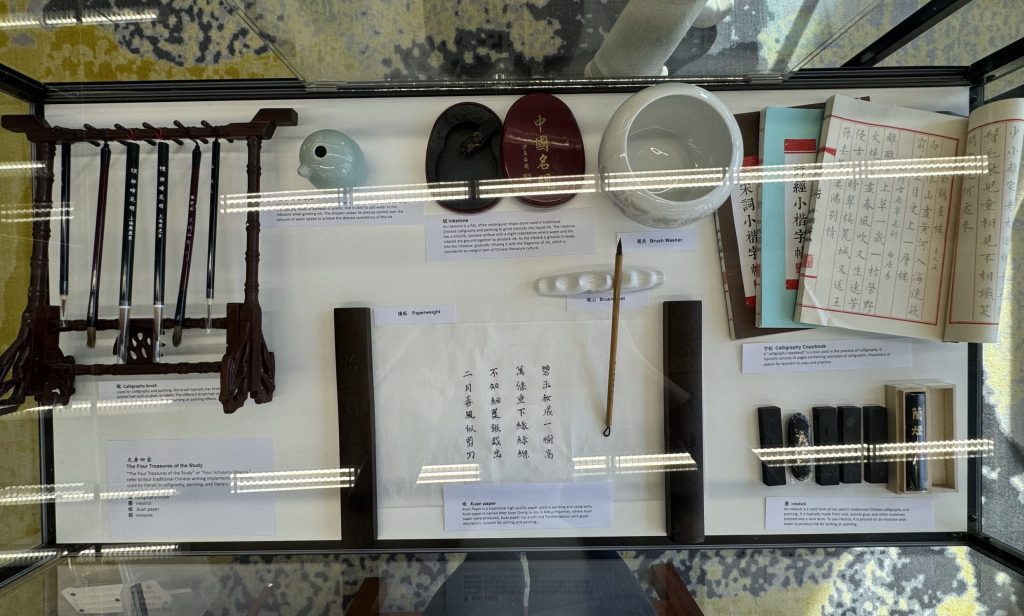
文房四宝 The Four Treasures of the Study
“The Four Treasures of the Study” or “Four Scholarly Objects ” refer to four traditional Chinese writing implements commonly used by literati in calligraphy, painting, and literary creation. They are:
- 笔 Calligraphy brush
- 墨 Inkstick
- 纸 Xuan paper
- 砚 Inkstone
Used for calligraphy and painting, the brush typically has bristles made from animal hair such as goat, or rabbit. The different brush hair materials and crafting techniques give different writing or painting effects.
An inkstick is a solid form of ink used in traditional Chinese calligraphy and painting. It is typically made from soot, animal glue, and other materials pressed into a stick form. To use inkstick, it is ground on an inkstone with water to produce ink for writing or painting.
Xuan Paper is a traditional high-quality paper used in painting and calligraphy. Xuan paper is named after Xuan Cheng (a city in Anhui Province), where Xuan paper were produced. Xuan paper has a soft and flexible texture with good absorption, suitable for writing and painting.
An inkstone is a flat, often rectangular-shaped stone used in traditional Chinese calligraphy and painting to grind inksticks into liquid ink. The inkstone has a smooth, concave surface with a slight indentation where water and the inkstick are ground together to produce ink. As the inkstick is ground, it seeps into the inkstone, gradually infusing it with the fragrance of ink, which is considered an integral part of Chinese literature culture.
Volunteers: Jessie Zhang, Malida D, Lei Shi, YY Lee.
